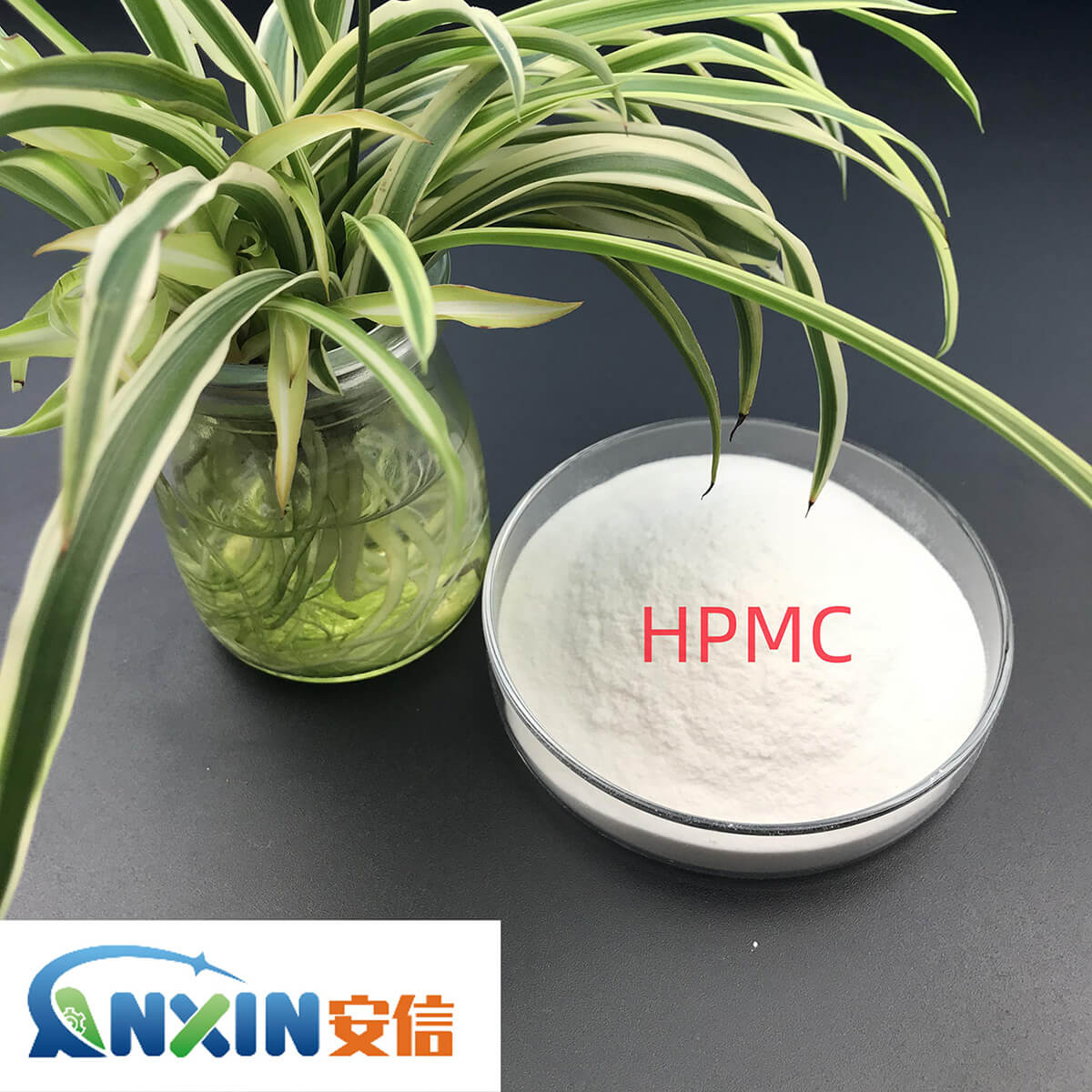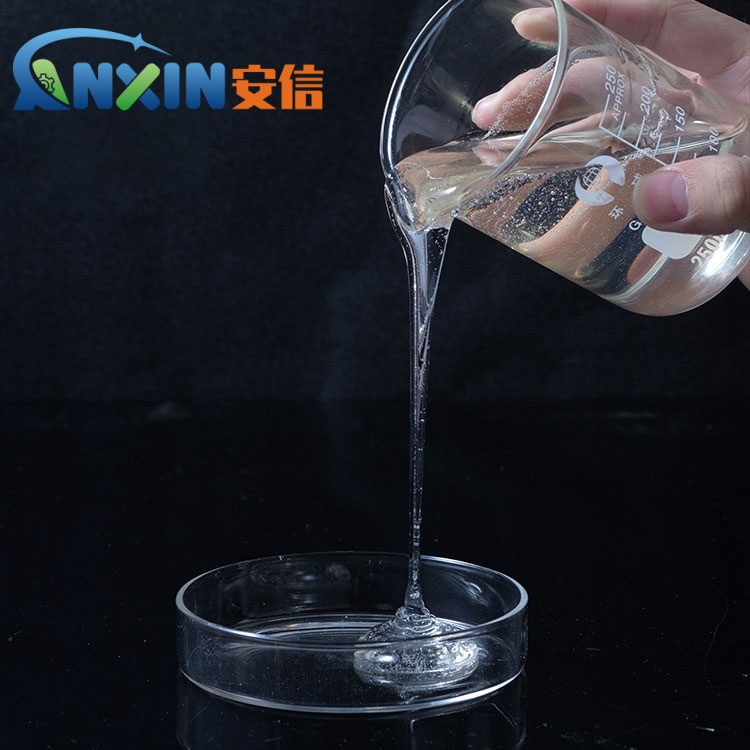Characteristics of high temperature technology for hydroxypropyl methylcellulose
Hydroxypropyl methylcellulose (HPMC) is an important chemical material, widely used in building materials, medicine, food and other fields. Especially in the construction industry, HPMC is widely used due to its excellent performance. High temperature technology plays a vital role in the production and application of HPMC.
1. The role of high temperature technology in HPMC
productionHydroxypropyl methylcellulose is obtained by a series of chemical reactions such as alkalization and etherification of natural cellulose. High temperature technology is mainly used in the dissolution, drying and molding stages of the reaction process. High temperature treatment can not only accelerate the reaction rate, but also improve the purity and stability of the product.
Improved reaction efficiency
Under high temperature conditions, the reaction rate of cellulose and sodium hydroxide is accelerated, which promotes the hydroxypropyl and methyl substitution reactions inside the cellulose molecules, thereby improving the degree of substitution (DS) and uniformity of HPMC.
Remove impurities
The high temperature environment can effectively remove by-products produced during the reaction, such as unreacted alkali solution and solvent, and improve the purity of HPMC.
Improved drying efficiency
During the high-temperature drying process, the moisture of HPMC evaporates quickly, avoiding the product from agglomerating or denaturing at low temperatures, and improving the stability and storage performance of the product.
2. The impact of high-temperature technology on the performance of HPMC
High-temperature technology not only affects the physical structure of HPMC, but also has a profound impact on its chemical properties and application effects.
Viscosity adjustment
The high-temperature process can effectively control the molecular weight distribution of HPMC, thereby adjusting its viscosity. Higher temperatures help reduce the probability of molecular chain breakage, making the viscosity of HPMC in aqueous solution more stable.
Enhanced heat resistance
The thermal stability of HPMC is significantly improved through high-temperature treatment. In building mortar and tile adhesives, HPMC can still maintain good adhesion and anti-sagging properties under high temperature conditions.
Improved solubility
During the high-temperature drying process, the microstructure of HPMC is optimized, making it more soluble in cold water. Especially in low-temperature construction environments, HPMC can quickly dissolve and form a uniform colloidal solution.
3. Specific application of high temperature technology in HPMC production process
Etherification reaction stage
By carrying out etherification reaction at a high temperature of 80-100°C, the substitution reaction of hydroxypropyl and methyl groups can be accelerated, so that HPMC has a higher degree of substitution and better stability.
Drying and crushing stage
The hot air drying technology above 120°C can not only remove moisture, but also prevent HPMC powder from agglomerating during the drying process. Subsequently, the high temperature crushing technology is used to make the HPMC powder particles more delicate and uniform, and the dispersibility of the product is improved.
High temperature curing treatment
When HPMC is used in building materials or coatings, high temperature curing treatment can improve its crack resistance, sag resistance and water retention performance, ensuring good construction effect in harsh environments.
4. Advantages of high temperature technology in HPMC application fields
Building materials
Under high temperature environment, HPMC shows excellent thickening and water retention in mortar and putty powder, preventing mortar from rapid dehydration and cracking.
Paint industry
HPMC synthesized by high temperature has good leveling and anti-sagging effects in latex paint, which improves the adhesion and wear resistance of the coating.
Pharmaceutical industry
High temperature technology can improve the uniformity of HPMC in drug coating and ensure the stability of drug sustained release effect.
The application of high temperature technology of hydroxypropyl methylcellulose not only improves production efficiency, but also improves product performance. Through high temperature process, the viscosity, solubility and thermal stability of HPMC have been significantly optimized, making it have a wider application prospect in the fields of construction, coatings and medicine. In the future, with the continuous innovation of high temperature technology, the performance of HPMC will be further improved, making greater contributions to the development of green and environmentally friendly materials.
Post time: Mar-17-2025

